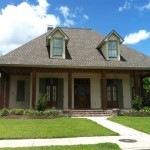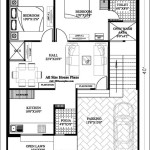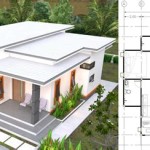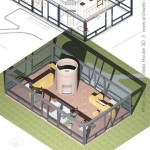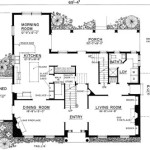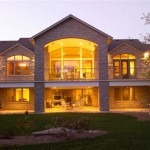Essential Elements of Homestead House Plans in Victoria
Homestead house plans in Victoria encompass a plethora of design aspects that contribute to the functionality, sustainability, and beauty of these rural abodes. By incorporating these essential elements, homeowners can create a harmonious living space nestled within the breathtaking landscapes of the region.
Harnessing Natural Light
Victoria's abundant sunshine should be embraced through expansive windows, skylights, and glass doors. Natural light floods interiors, reducing the reliance on artificial lighting and creating a sense of spaciousness. Position windows strategically to capture morning and afternoon sun, optimizing warmth and natural ventilation.
Creating Seamless Indoor-Outdoor Connections
Homestead living seamlessly integrates the indoors with the outdoors. Large verandahs, patios, and decks extend the living space, providing shaded areas for relaxation and entertaining amidst nature. Glass sliding doors blur the boundaries between interior and exterior, inviting fresh air and scenic views.
Efficient Energy Management
Sustainability is paramount in homestead house plans. Employ passive design principles, such as cross-ventilation, thermal insulation, and solar orientation, to minimize energy consumption. Install energy-efficient appliances, LED lighting, and consider renewable energy sources like solar panels or geothermal heating to reduce carbon footprint.
Versatile Living Spaces
Homesteads often require adaptability to accommodate diverse needs, from home offices to guest accommodation. Design multi-purpose rooms that can transform as needed, using flexible furnishings and movable partitions. Include ample storage to maintain a clutter-free and organized living environment.
Respecting the Surroundings
Homestead house plans should complement the existing landscape, preserving its natural beauty. Use local materials and incorporate native vegetation into landscaping to minimize environmental impact. Consider the topography, prevailing winds, and water flow to ensure the home harmonizes with its surroundings.
Incorporating Sustainable Building Practices
Opt for durable and environmentally friendly building materials, such as recycled timber, rammed earth, and sustainable concrete. Implement water conservation measures like rainwater harvesting systems and design with water-efficient fixtures. Explore off-grid options for power and water supply, such as solar panels and bore water, to achieve greater self-sufficiency.
Reflecting Regional Character
Homestead house plans in Victoria can draw inspiration from the region's rich architectural heritage. Incorporate Victorian verandahs, weatherboard cladding, and bay windows to create a sense of place. Blend traditional designs with modern amenities, creating a home that seamlessly combines the past and present.
Additional Considerations
- Fire Safety: Incorporate fire-resistant materials, strategically placed fire doors, and clear escape routes to ensure safety.
- Water Security: Install rainwater tanks or bore water to secure adequate water supply, especially in remote areas.
- Waste Management: Design for efficient waste management, including composting systems or septic tanks.
- Farmland Integration: Plan for seamless integration with farm operations, including access to paddocks, storage for equipment, and animal shelters.

Victorian And Federation Style Homes Completehome

Victorian And Federation Style Homes Completehome

Victorian And Federation Style Homes Completehome

1900s Farmhouse Plans Victorian House Floor

A Harkaway Homes Design From The Past Completehome

25 Design Houses Ideas Classic Victorian New House Plans Master Bath Layout

The Build As You Grow Homesteader Homestead House Plans

Victoriana Builder

Victoriana Builder

Pin By Fabiola Case On Farm Home New House Plans Classic Victorian

